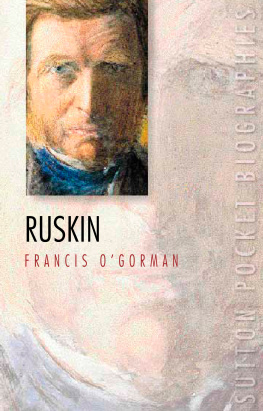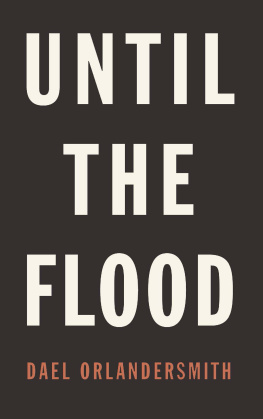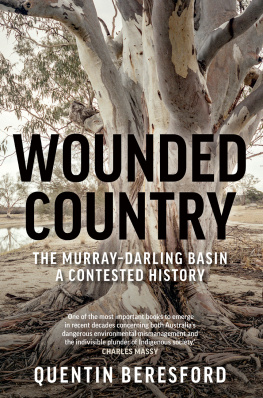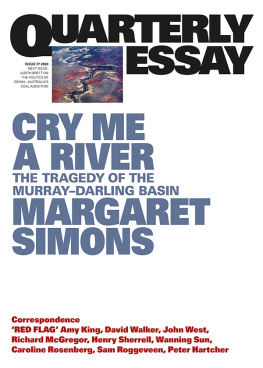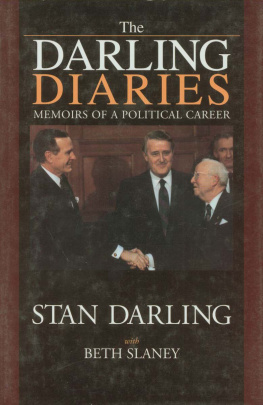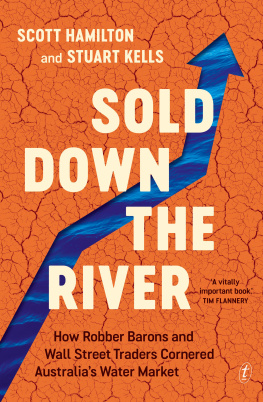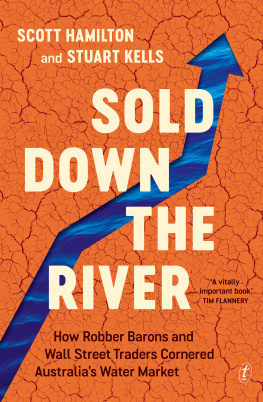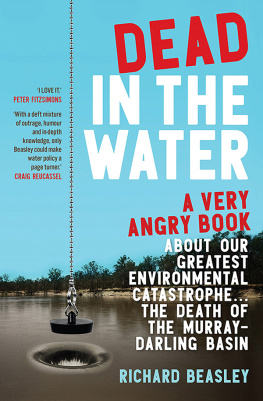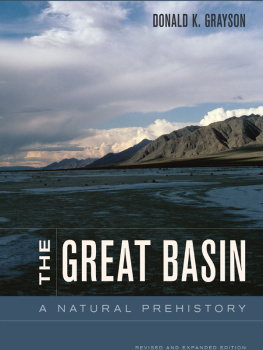Flood
Country
AN ENVIRONMENTAL HISTORY OF THE MURRAY-DARLING BASIN
Emily OGorman
University of Wollongong
Emily OGorman 2012
All rights reserved. Except under the conditions described in the Australian Copyright Act 1968 and subsequent amendments, no part of this publication may be reproduced, stored in a retrieval system or transmitted in any form or by any means, electronic, mechanical, photocopying, recording, duplicating or otherwise, without the prior permission of the copyright owner. Contact CSIRO PUBLISHING for all permission requests.
National Library of Australia Cataloguing-in-Publication entry
OGorman, Emily.
Flood country: an environmental history of the Murray-Darling basin/by Emily OGorman.
9780643101586 (pbk.)
9780643106659 (epdf)
9780643106666 (epub)
Includes bibliographical references and index.
Floodplain management Darling River (Qld. and N.S.W.)
Floodplain management Murray River (N.S.W.S. Aust.)
Wetland management Darling River Watershed (Qld. and N.S.W.)
Wetland management Murray River Watershed (N.S.W.S. Aust.)
Darling River Watershed (Qld. and N.S.W.) Environmental
aspects.
Darling River Watershed (Qld. and N.S.W.) History.
Murray River Watershed (N.S.W.-S. Aust.) Environmental
aspects.
Murray River Watershed (N.S.W.S. Aust.) History.
333.73160994
Published by
CSIRO PUBLISHING
150 Oxford Street (PO Box 1139)
Collingwood VIC 3066
Australia
Telephone: | +61 3 9662 7666 |
Local call: | 1300 788 000 (Australia only) |
Fax: | +61 3 9662 7555 |
Email: | publishing.sales@csiro.au |
Web site: | www.publish.csiro.au |
Front cover and title page:
WC Piguenit
The flood in the Darling 1890, 1895
oil on canvas 122.5 x 199.3 cm
Art Gallery of New South Wales
Purchased 1895
Set in 8/12 Adobe Lucida and Adobe Minion Pro
Edited by Elaine Cochrane
Cover and text design by Andrew Weatherill
Typeset by Desktop Concepts Pty Ltd, Melbourne
Index by Russell Brooks
Printed in China by 1010 Printing International Ltd
CSIRO PUBLISHING publishes and distributes scientific, technical and health science books, magazines and journals from Australia to a worldwide audience and conducts these activities autonomously from the research activities of the Commonwealth Scientific and Industrial Research Organisation (CSIRO). The views expressed in this publication are those of the author(s) and do not necessarily represent those of, and should not be attributed to, the publisher or CSIRO.
Original print edition:
The paper this book is printed on is in accordance
with the rules of the Forest Stewardship Council.
The FSC promotes environmentally responsible,
socially beneficial and economically viable
management of the worlds forests.
Contents
Acknowledgements
Many people have helped to bring this book to publication. I would like to thank all those from CSIRO Publishing who have been involved in its production. Flood Country is based on my doctoral research, which I undertook in the School of History at The Australian National University. It was an inspiring place to be a postgraduate student, and the insights offered by staff, students, and visitors of the School have carried through to this book. I am lucky to have had Tom Griffiths as a PhD supervisor and mentor. Through example and advice, he has encouraged an attentiveness to sources, environments and places, and to the different voices of history within them. Our conversations about ways of telling stories in environmental history have been important influences on this book. The advice of Libby Robin, Nicholas Brown and Joe Powell was also central to how this research developed, and I am deeply grateful to them.
The final stages of researching and writing this book were completed at the Australian Centre for Cultural Environmental Research (AUSCCER) at the University of Wollongong during a postdoctoral candidacy funded through the Australian Research Council (FL0992397). My colleagues there have given me important time and support during this period. I would particularly like to thank Lesley Head who encouraged me to continue this project at the Centre.
Other people who have helped this book along, through comments on various presentations of research and chapter drafts as well as through conversations, are: Brit Andresen, James Beattie, Denis Byrne, Jane Carruthers, Kirsty Douglas, Brian Finlayson, Don Garden, Leah Gibbs, Geoff Ginn, Heather Goodall, Tim Hasted, Barry Higman, John Jansen, David Jenkins, Darrell Lewis, Cameron Muir, Eric Pawson, Stephen Pyne, Tiffany Shellam, Frances Steel, Gerry van Dooren, Thom van Dooren, Clare Wallace, the members of the Ecological Humanities Group, and members of the Science and Justice Group at the University of California Santa Cruz. Many people gave generously of their time during research trips to study particular places and in subsequent conversations. I would especially like to thank Harry Edwards and the late Allan Tannock and Ted Lawton.
During the course of researching and writing this book two American university departments hosted me for short but important periods: the School of Life Sciences at Arizona State University and the History of Consciousness Program at the University of California Santa Cruz. This work was published with the assistance of grants from the Australian Academy of the Humanities and The Australian National University.
Supported by
Conversions
This book uses the measurements quoted in primary sources, except where conversions to contemporary (metric) units have been necessary for comparison or clarity.
Imperial to metric
1 acre = 0.405 hectares
1 inch = 25.4 millimetres
1 foot = 30.5 centimetres
1 yard = 0.914 metres
1 mile = 1.61 kilometres
1 pound = 0.45 kilograms
1 acre foot = 0.123 hectare metres
(Acre feet and hectare metres are units of volume, i.e. acre = area, feet = depth)
1 imperial gallon = 4.55 litres
1 US gallon = 3.79 litres
1 short ton = 0.907 metric tonnes
Other measurements
1 cusec = 28.35 litres per second
1 megalitre = 1 000 000 litres
Abbreviations and terminology
ABC | Australian Broadcasting Commission |
ADB | Australian Dictionary of Biography |


